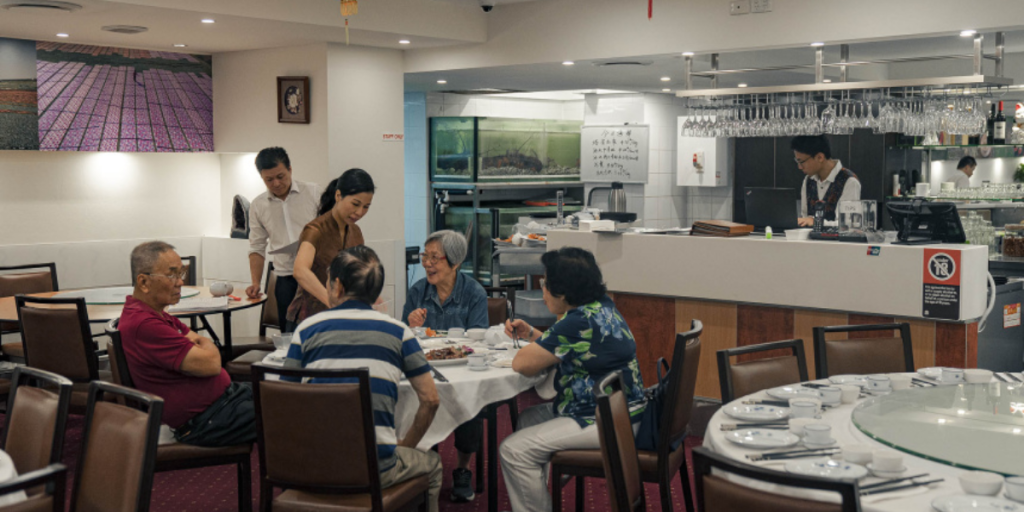Chinese-American cuisine has evolved over the years, weaving a fascinating tapestry of flavors, techniques, and cultural influences. From the early days of Chinese immigrants settling in America to the present, this culinary fusion has become an integral part of the American food landscape. In this article, we will explore the rich history and evolution of Chinese-American cuisine, tracing its roots and the factors that have shaped it into what we enjoy today.
- Early Chinese Immigration: The origins of Chinese-American cuisine can be traced back to the mid-19th century when Chinese immigrants first arrived in the United States. Initially settling in cities such as San Francisco and New York, these immigrants brought with them their traditional culinary practices, rooted in regional Chinese cuisines. As they adapted to their new environment and interacted with other communities, Chinese-American cuisine began to take shape.
- Influence of Ingredients: One significant aspect of the evolution of Chinese-American cuisine is the adaptation of ingredients. Chinese immigrants, faced with the unavailability of certain ingredients from their homeland, had to improvise and utilize local ingredients. This led to the incorporation of American produce, such as broccoli, bell peppers, and tomatoes, into traditional Chinese dishes. This fusion of ingredients gave birth to new flavors and expanded the diversity of Chinese-American cuisine.
- Fusion of Culinary Techniques: Chinese-American cuisine is characterized by its unique culinary techniques that blend elements of both Chinese and American cooking styles. Traditional Chinese cooking methods, such as stir-frying, steaming, and deep-frying, were combined with American techniques like baking and grilling. This fusion of culinary techniques resulted in a diverse range of dishes that catered to the evolving palates of Chinese immigrants and American diners alike.
- Regional Variations: As Chinese immigrants settled in different parts of the United States, regional variations of Chinese-American cuisine emerged. For example, Cantonese cuisine, with its emphasis on fresh ingredients and delicate flavors, became prevalent in cities like San Francisco. In contrast, Szechuan cuisine, known for its bold and spicy flavors, gained popularity in regions like New York. These regional variations added depth and complexity to Chinese-American cuisine, offering a diverse array of options for food enthusiasts.
- Adaptation to American Tastes: Chinese-American cuisine evolved not only through the integration of ingredients and techniques but also in response to the preferences of American diners. To cater to a broader customer base, Chinese-American dishes were often modified to suit American tastes. For instance, dishes were made sweeter or less spicy to accommodate the American palate. This adaptation played a crucial role in popularizing Chinese-American cuisine and making it accessible to a wider audience.
- Rise of Chinese-American Restaurants: Chinese-American cuisine gained significant popularity through the proliferation of Chinese-American restaurants across the country. These establishments served as cultural hubs where Chinese immigrants and Americans could come together to savor a unique blend of flavors. Chinese-American restaurants not only introduced American diners to Chinese cuisine but also played a role in shaping the perception and acceptance of Chinese culture in America.
- Contemporary Innovations: In recent years, Chinese-American cuisine has continued to evolve with innovative twists and modern interpretations. Chefs and restaurateurs have embraced the farm-to-table movement, incorporating locally sourced ingredients and emphasizing sustainable practices. Additionally, fusion concepts that blend Chinese flavors with other culinary traditions, such as Chinese-Mexican or Chinese-Italian fusion, have emerged, pushing the boundaries of Chinese-American cuisine even further.
Conclusion,
Chinese-American cuisine has undergone a remarkable evolution, blending Chinese culinary traditions with American influences to create a unique and beloved culinary heritage. From its humble beginnings to its current diverse offerings, Chinese-American cuisine reflects the cultural exchange and adaptation that has shaped American food culture. As we continue to embrace the flavors of Chinese-American cuisine, we celebrate the rich history and ongoing evolution of this delightful fusion of culinary traditions.
